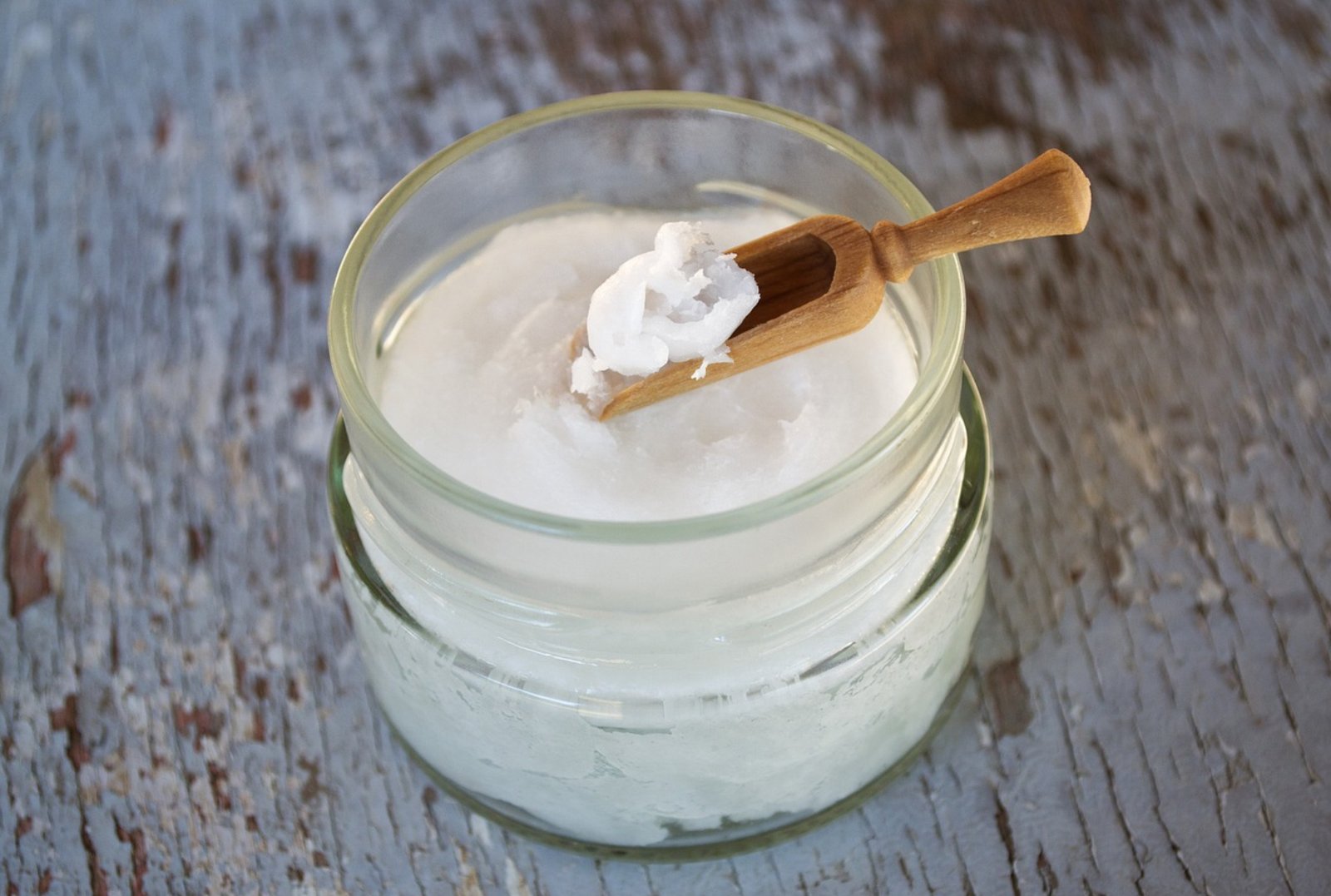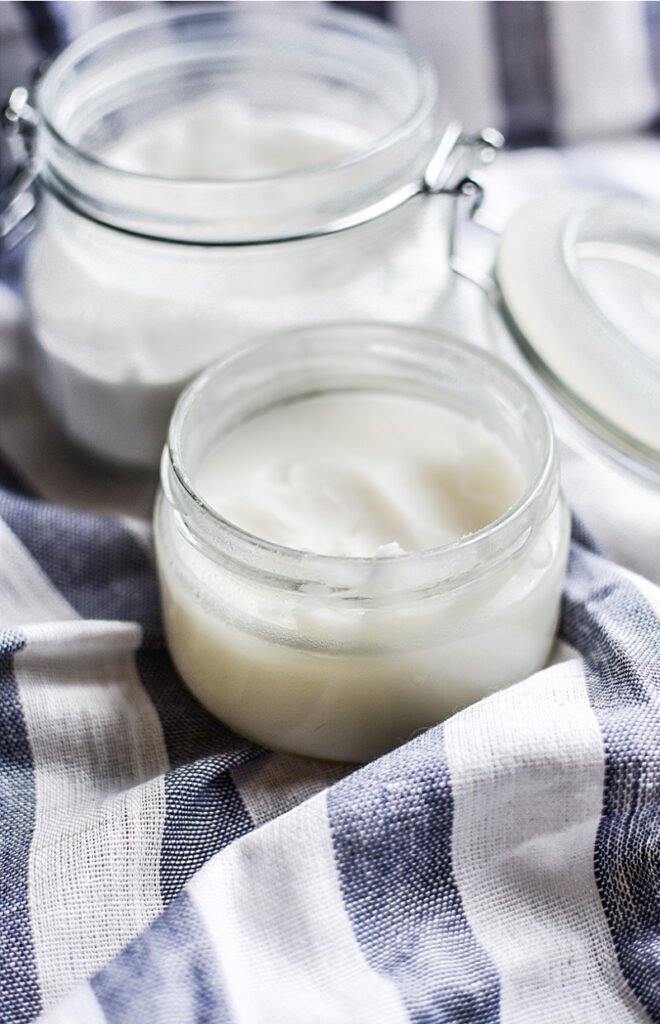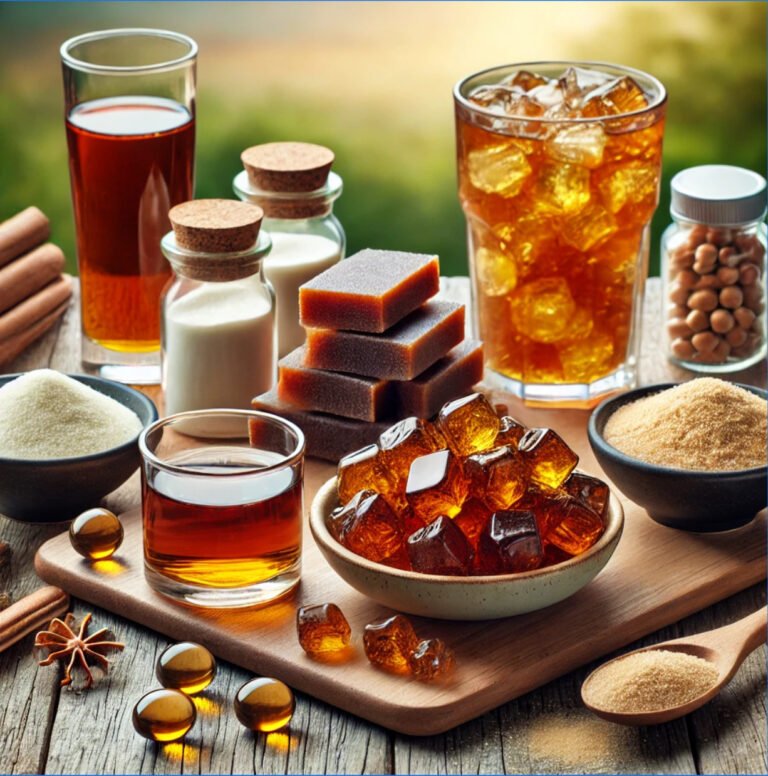How Acacia (Arabic) gum used for skin and beauty?


Face cream made out of Acacia (Arabic ) gum
Arabic gum has been used for centuries in skincare and beauty applications due to its natural properties. Here’s how Arabic gum is commonly used for skin and beauty:
Benefits of Arabic Gum for Skin
- Hydration:
- Moisturizing: Arabic gum is a natural humectant, meaning it helps the skin retain moisture. When applied to the skin, it forms a thin film that helps lock in hydration, leaving the skin soft and supple.
- Smooth Skin Texture: It can smooth the surface of the skin, reducing roughness and giving it a soft, silky texture.
- Anti-Aging Properties:
- Lifting and Tightening: Arabic gum has been found to have a tightening effect on the skin. It creates a temporary lifting effect, making it popular in anti-aging creams and masks that aim to reduce the appearance of fine lines and wrinkles.
- Collagen Support: Some research suggests that Arabic gum may help enhance skin elasticity by supporting collagen production, which is essential for maintaining youthful-looking skin.
- Soothing and Healing:
- Anti-Inflammatory: It has mild anti-inflammatory properties, which can soothe irritated or inflamed skin. It may help reduce redness and irritation, making it useful in formulations for sensitive skin.
- Wound Healing: Arabic gum has been traditionally used for wound healing due to its ability to form a protective barrier and promote healing, though its use for this is more historical than modern.
- Acne Treatment:
- Bacteria Control: The protective film Arabic gum creates may also help in reducing the growth of acne-causing bacteria, contributing to clearer skin.
- Oil Control: As a stabilizing agent, Arabic gum may help reduce excess oil production, which is a factor in acne development.
Common Uses in Beauty Products
- Face Masks:
- Arabic gum is often used in firming and lifting face masks due to its tightening effect. These masks help temporarily reduce the appearance of fine lines and sagging skin.
- DIY Mask: You can make a simple DIY face mask by dissolving Arabic gum powder in water and applying it to the face. Leave it on for about 10-15 minutes before rinsing off.
- Creams and Lotions:
- Many skincare products, such as moisturizers and lotions, incorporate Arabic gum as a stabilizer and to enhance the product’s texture. It helps bind ingredients together and gives products a smooth, consistent texture.
- Serums:
- Arabic gum is used in serums designed to tighten skin and reduce wrinkles. It enhances the product’s spreadability and acts as a gentle film-forming agent.
- Makeup and Primers:
- In makeup formulations, Arabic gum helps products adhere to the skin. It’s used in some primers to create a smooth base for foundation, ensuring longer-lasting makeup wear.
- Hair Care:
- Arabic gum can be found in some hair care products, including shampoos and conditioners, as it helps form a protective film around the hair shaft, adding shine and reducing frizz.
How to Use Arabic Gum for Skincare at Home:

- Homemade Skin Tightening Mask:
- Ingredients:
- 1 tablespoon Arabic gum powder
- Water or rosewater
- Directions:
- Mix the Arabic gum powder with water or rose water to create a thick paste. Apply it evenly on your face and let it dry for 10-15 minutes. Rinse off with warm water for tightened, refreshed skin.
- Ingredients:
- Hydrating Face Mist:
- Ingredients:
- 1 teaspoon Arabic gum powder
- 1 cup distilled water
- A few drops of essential oil (optional)
- Directions:
- Dissolve the Arabic gum in distilled water, pour it into a spray bottle, and mist it over your face as needed for hydration throughout the day.
- Ingredients:
Potential Side Effects or Concerns:
- Allergic Reactions: Although rare, some individuals may experience skin irritation or allergic reactions when using Arabic gum topically. It’s always a good idea to patch test before using it widely on the skin.
- Not for Broken Skin: Avoid applying Arabic gum to open wounds or severely irritated skin without consulting a healthcare professional.
Arabic gum’s natural properties make it a valuable ingredient in both commercial and DIY beauty routines, providing benefits like hydration, anti-aging effects, and skin smoothing.
How to make a face or body cream using Arabic (acacia) gum?
Arabic gum, also known as acacia gum, can be used as a stabilizer or emulsifying agent in skincare formulations due to its ability to form a protective film and bind water. When making a face or body cream, Arabic gum helps to thicken the product and create a smooth, spreadable texture. Here’s a simple method for incorporating it into a cream:

Ingredients:
- Arabic (acacia) gum powder: 2-5% of the total formula (acts as a thickener and stabilizer)
- Carrier oils (e.g., jojoba oil, sweet almond oil, or coconut oil): 20-30% (moisturizing base)
- Water or floral water (e.g., rose water, distilled water): 50-70% (hydration)
- Emulsifying wax: 3-5% (helps combine oil and water phases)
- Essential oils (optional): a few drops (for fragrance and additional benefits)
- Preservative (optional, but recommended if you want longer shelf life): as per manufacturer’s recommendation
Instructions:
1. Prepare the water phase:
- Heat the water or floral water to about 70°C (160°F).
- Dissolve the Arabic gum in the heated water by sprinkling it slowly while whisking to avoid clumps. Let it hydrate for about 10-15 minutes. This will create a gel-like consistency.
2. Prepare the oil phase:
- In a separate container, gently heat the carrier oils and emulsifying wax until fully melted. The temperature should be similar to the water phase (about 70°C).
3. Combine oil and water phases:
- Slowly add the oil phase to the water phase while continuously whisking to emulsify. A hand mixer or immersion blender works best for smooth blending. Continue whisking until the mixture thickens as it cools down.
4. Cool down and add essential oils:
- Once the cream reaches room temperature, add essential oils and preservatives. Stir well to distribute evenly.
5. Transfer to a jar:
- Pour the cream into a clean, sterilized jar and store it in a cool, dark place. If a preservative is added, the cream should last for several months; without it, it may only last a few weeks.
Benefits of Arabic (acacia) gum in skincare:
- Hydrating and soothing: It attracts moisture and can create a barrier that helps lock in hydration.
- Skin tightening: When used in creams, Arabic gum can provide a temporary firming effect on the skin.
- Natural emulsifier: It helps to combine oil and water, creating a smooth and stable product.
By incorporating Arabic gum, you add natural stability to the cream while providing gentle hydration and texture.





